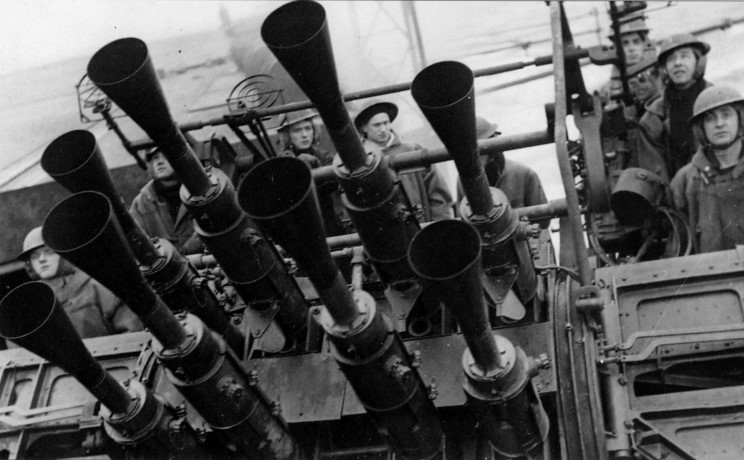

The British Army never employed it as an infantry weapon in World War I, as its shell was considered too small for use against any objects or fortifications. 2 AA Section in III Corps was the first anti-aircraft gunner to shoot down an aircraft, with 75 rounds on Septemin France. There was no shrapnel available for them, and the shell provided for them would not burst on aeroplane fabric but fell back to earth as solid projectiles.were of no use except at a much lower elevation than a Zeppelin attacking London was likely to keep". The Ministry of Munitions noted in 1922 that: "The pom-poms were of very little value. However, since the shells only had delay-impact fuzes they proved somewhat unreliable against the mostly canvas aircraft of the period and virtually useless against zeppelins, as they would simply pass through unless they struck the rigid steel frame. A Mk II gun (which is now at the Imperial War Museum, London) on a Naval pedestal mounting was the first to open fire in defense of London during the war. Others were mounted on mobile motor lorries at key towns in the East and Southeast of England.Ģ5 guns were employed in August 1914, with 50 additional units in February 1916. Adapted as the Mk I*** and Mk II on high-angle pedestal mountings and deployed along London docks and on key buildings in London. The early Mk 1 weapons were usually mounted on field carriages.ĭuring World War I, it was used as an early anti-aircraft weapon in the home defense of Britain.

In response, Vickers-Maxim shipped 50 to 57 guns to South Africa out to the British Army, with the first three arriving just in time for the Battle of Paardeberg. In the Second Boer War, the British found themselves being fired on with success by the Boers using Maxim-Nordenfelt 1-pounders with ammunition that was manufactured in Germany. The British government initially rejected the weapon, though other nations had bought it, including the South African Republic (Transvaal) government. It was determined that a 1-pound projectile would be the best solution, hence the name of the weapon. This, in turn, dictated a shell weight of at least 400 grams (0.88 lb), as that was the lightest exploding shell allowed under the St. Its longer firing range necessitated the use of exploding projectiles to judge range. Essentially, the 1-pounder was a scaled-up version of the Maxim machine gun, and was even designed by the same man, Hiram Maxim.


 0 kommentar(er)
0 kommentar(er)
